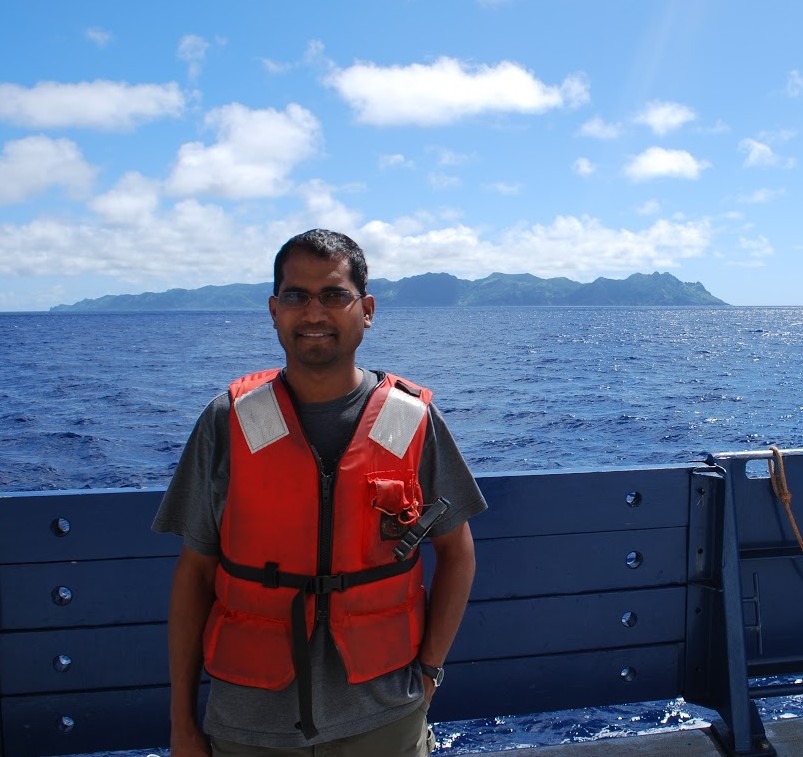
A new paper published in Nature outlines how a research team used new observations and models to study the powerful subsurface waves churning in the South China Sea.
The internal gravity waves that generate from the Luzon Strait gain momentum as they head west and can travel thousands of kilometers 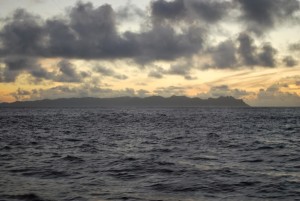 before breaking. These internal waves affect a variety of oceanic activities including how and where sediments and pollutants are transported and mixed in the oceans as well as the supply of nutrients for plants undergoing photosynthesis.
before breaking. These internal waves affect a variety of oceanic activities including how and where sediments and pollutants are transported and mixed in the oceans as well as the supply of nutrients for plants undergoing photosynthesis.
The data collected by the research team is expected to help scientists around the world better understand how these internal waves influence ocean circulation and mixing and hence affect climate.
The paper is entitled, “The formation and fate of internal waves in the Soouth China Sea.“
Karan Venayagamoorthy, a professor of civil and environmental engineering at Colorado State University, was a member of the research team and helped collect wave and turbulence data in the South China Sea. He also is an author on the paper.
We sat down with Venayagamoorthy and asked him some questions:
How did you get involved in the project? What was your role?
This project called the Internal Waves in Straits Experiment (IWISE) was an Office of Naval Research Directed Research Initiative (ONR-DRI) 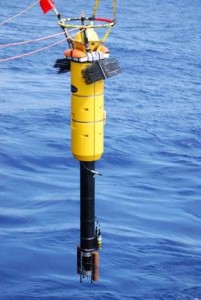 project that comprised of a large team of investigators from the USA and Taiwan. I am a principal investigator on ONR projects for the last six years working on understanding internal waves and turbulent mixing in oceanic flows.
project that comprised of a large team of investigators from the USA and Taiwan. I am a principal investigator on ONR projects for the last six years working on understanding internal waves and turbulent mixing in oceanic flows.
I was invited by a colleague at the Woods Hole Oceanographic Institution (WHOI) to participate in the scientific cruises that were conducted in the South China Sea.
I went on a three-week long research expedition to the Luzon Passage in South China Sea during summer of 2011. The team I was involved focused on turbulence measurements using vertical microstructure profiles.
How did you take measurements? When did you take them?
As mentioned above, we collected turbulence measurements – specifically the dissipation rate of turbulent kinetic energy usaing a Vertical Microstructure Profiler (VMP). We also took conductivy and temperature measurements with depth in the Luzon Strait using a CTD profiler. The CTD measurements can be used to infer the density of the water column.
We took these measurements around the clock over a period of about three weeks to capture the variations observed over spring-neap tidal cycle.
We worked in two 12-hour shifts.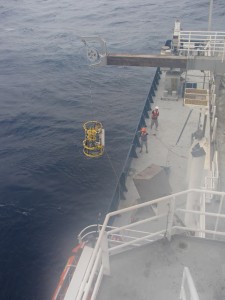
How does this project fit in with your body of research?
The IWISE project focused on the South China Sea, a location where the world’s most energetic internal waves that are generated at the Luzon Strait propagate west. Gathering data at such energetic sites are critical for developing appropriate turbulence parameterizations for quantifying the mixing associated with such large internal wave motions.
Our body of research at the Environmental Fluid Mechanics Laboratory (EFML) at CSU primarily focuses on understanding and modeling of turbulent flows in the natural environment (e.g. oceans, rivers, estuaries and the atmosphere).
As such, involvement in this project was a great opportunity for my students and me to collaborate with such a large and diverse team of scientists to analyze the turbulence and wave measurements in the South China Sea.
What do you think is the most important finding from the project?
The most important finding I think is how this study has allowed for a cradle-to-grave description of these large internal waves on a basin scale which will enable the development of improved models for representing their effects in numerical climate predictions.
Did anything surprise you about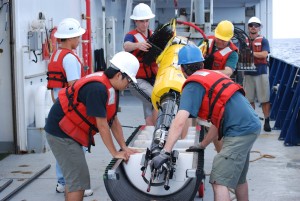 the findings?
the findings?
It was just phenomenal to observe how dramatic these waves indeed are. The study showed that the convective instabilities that lead to wave breaking are of the order of 200 meter high with depth-integrated turbulent dissipation levels approaching 20 Wm-2, a value that exceeds open ocean values by three to four orders of magnitude!
Why is this project important? How do you think the findings will be used going forward?
Projects such as IWISE are really only possible through multi-investigator, multi-institutional collaborations that are strongly supported by federal agencies such as the Office of Naval Research!
This project and several other ONR projects (both past, ongoing and future) provide scientists with the opportunity to develop rigorous observational programs to make measurements that are critical for a deeper understanding of the complex processes that occur in the Earth’s hydrosphere and atmosphere.
The findings from this project will certainly support the improvement of representation of energetic nonlinear internal wave effects in global circulation as well climate prediction models. There are still more challenges as outlined in the paper before we can fully comprehend such complex phenomena!